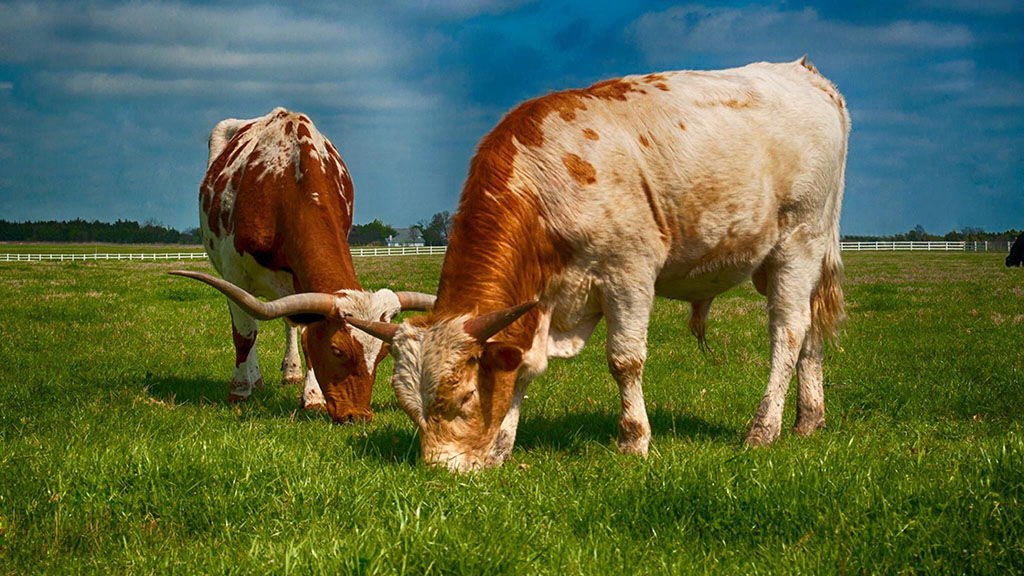Abstract
Kentucky 31 is a widely grown variety of tall fescue grass that owes its extreme stress resistance, but also its toxicity, to an endophytic fungus. It is difficult to decide where to place this symbiosis along the mutualism-parasitism spectrum. In this case study, students explore a variety of influencing factors, including partner choice, defense vs. accommodation, fitness effects on the host, and transmission of symbionts. The first three sections of the case offer lower-level undergraduate biology students an opportunity to practice hypothesis formation, scientific reasoning, and experimental planning. Students are asked to speculate about the cause of fescue toxicity before the symbiont is revealed, which then leads to an examination of defense versus partner recognition as plant responses to microbes. The fourth section of the case is appropriate for an intermediate ecology course and involves short group presentations investigating a broader range of symbioses with different transmission modes (vertical/horizontal) and microbial “services” that enhance host fitness. The final section, targeted to advanced students in research-led courses who are familiar with molecular lab techniques, requires students to write a research proposal to further investigate the nature of the fescue-endophyte interaction.



